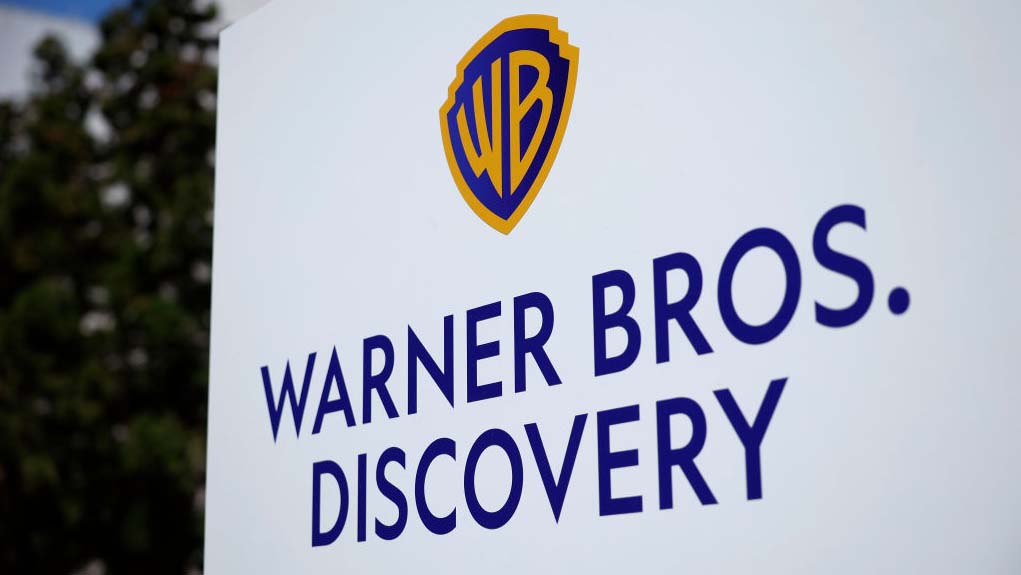DTV Transition, Internet Integration Big at CES
Amid all the fancy new high-end electronic gadgetry at the International CES show, many TV-centric attendees had a major interest in the government's $40 coupon program for digital-to-analog set-top boxes for over-the-air viewers—especially with the U.S. digital television transition just one year, one-month and a little over one week away.
For example, the $39.99 Digital TV converter box from SlingMedia (now an EchoStar subsidiary) caught the eye of the NTIA officials who run the coupon subsidy program.
Tony Wilhelm, director of DTV coupon program consumer education for the National Telecommunications and Information Administration, which oversees the $40 coupon program, pointed out that customers who choose the Sling TR40 would essentially have a free converter.
NTIA Acting Administrator Meredith Attwell Baker, in opening remarks at a panel session about the DTV transition, revealed that 19 devices—from LG/Zenith, Thomson, Philco, Apex and others—have been certified for usage). She also said that more than a million coupon orders were received during the first week that they were available, with most people requesting the maximum of two coupons.
Wilhelm said that NTIA will use coupon application data to evaluate where the transition message is getting through—and which areas need greater support during the coming year.
(click thumbnail)Arlen next to Sony's 3mm-thin OLED monitor.
Eclipsing the DTV issue at CES was the frenzy about new TV screens—especially "big" and "thin" models. Panasonic's 150-inch plasma display escalated the big-screen race—leaping more than three feet in size from previous biggies Sharp and Samsung, which stayed with their 8-foot models this year.
Sony showed its very thin (less than a quarter-inch), very bright 31-inch OLED (Organic Light Emitting Diode) screen, now available for $2,500, while Samsung demonstrated a prototype OLED monitor. The "thin-is-in" motif was dominant at Hitachi, Philips, Toshiba, Philips and many others who showcased new Liquid Crystal Display (LCD) monitors in diagonal sizes up to 51-inches—but only 1 to 1.5 inches deep.
Nonetheless, CES's biggest developments this year came from behind the scenes: literally and figuratively.
For example, Sony, Samsung, Sharp, Panasonic, Toshiba and many others showcased their integrated TV sets that plug directly into the Internet (through an Ethernet jack on the device) for access to Web videos. Sony demonstrated modules for its Bravia "Video Link" products that allow viewers to see broadband content, which streams directly into the TV set. Sharp introduced "Aquos Net," a service that offers its users customized Web content from NBC, traffic.com and other sources. Panasonic will sell its Web-connected TV sets in a bundled deal with content from YouTube.
Separately, NBC-Universal mounted a massive booth to show off its content and offer deals to the hordes of broadcast and cable executives swarming the halls. Sony Pictures Television had a similar objective as media companies plug into the convergence of hardware and their programming. Move Networks privately demonstrated its system, which is used by ABC.com and others, for making broadcast programming available online.
The professional video industry's #1 source for news, trends and product and tech information. Sign up below.
Gary Arlen, a contributor to Broadcasting & Cable, NextTV and TV Tech, is known for his visionary insights into the convergence of media + telecom + content + technology. His perspectives on public/tech policy, marketing and audience measurement have added to the value of his research and analyses of emerging interactive and broadband services. Gary was founder/editor/publisher of Interactivity Report, TeleServices Report and other influential newsletters; he was the long-time “curmudgeon” columnist for Multichannel News as well as a regular contributor to AdMap, Washington Technology and Telecommunications Reports; Gary writes regularly about trends and media/marketing for the Consumer Technology Association's i3 magazine plus several blogs.

